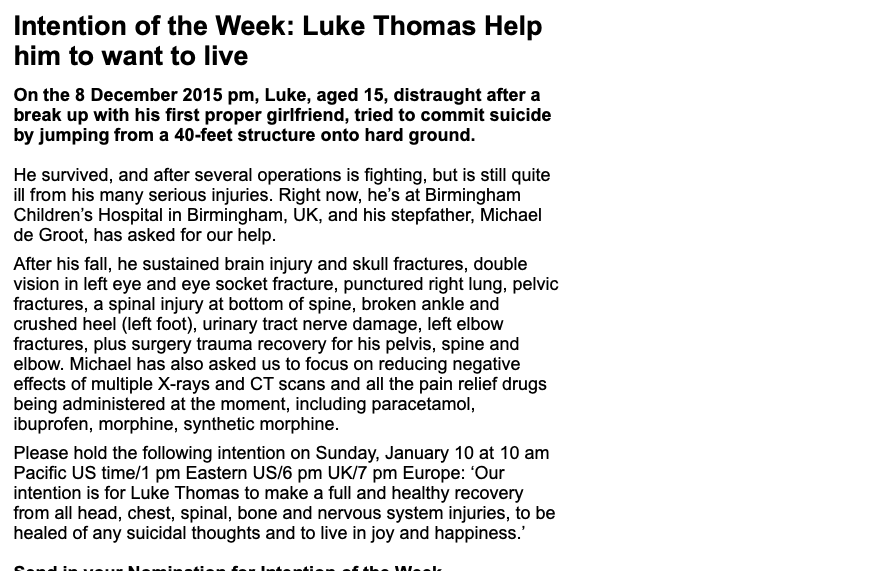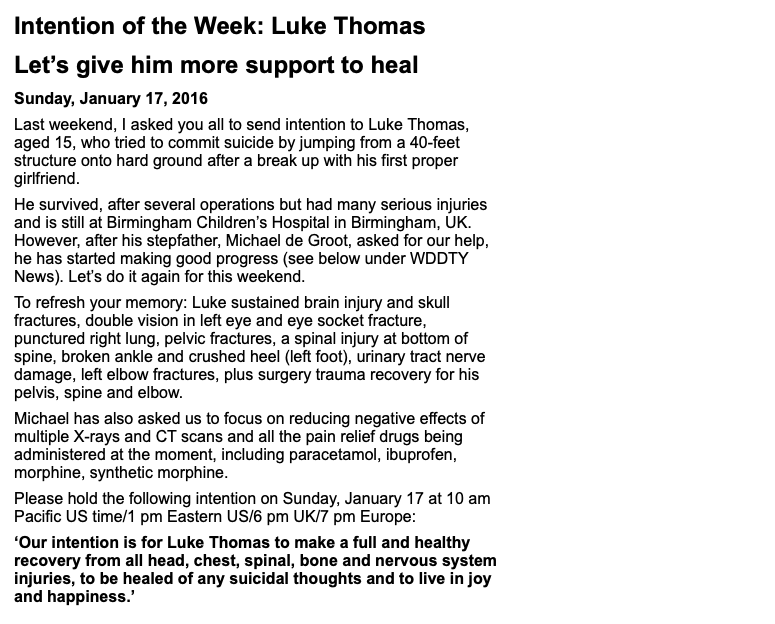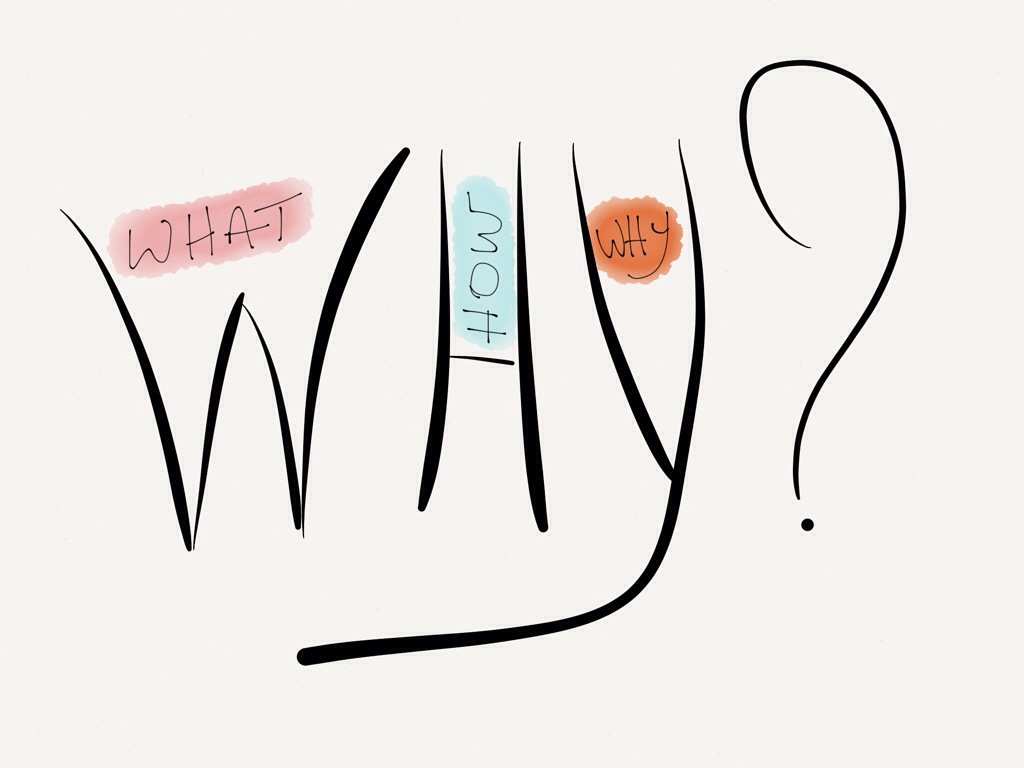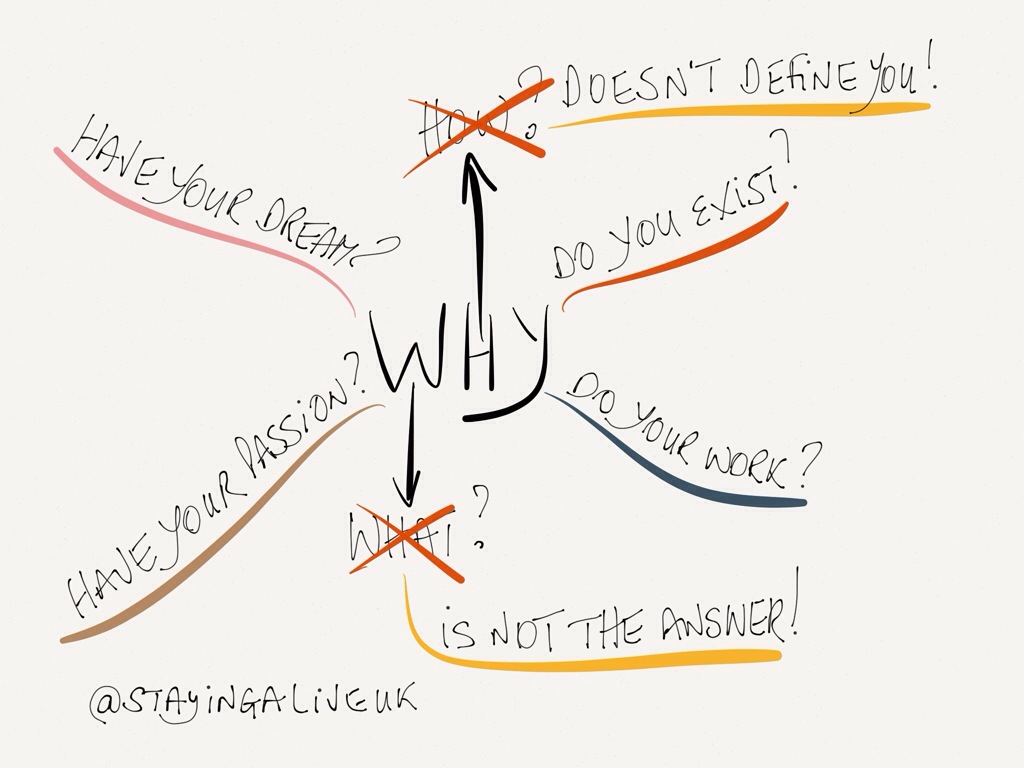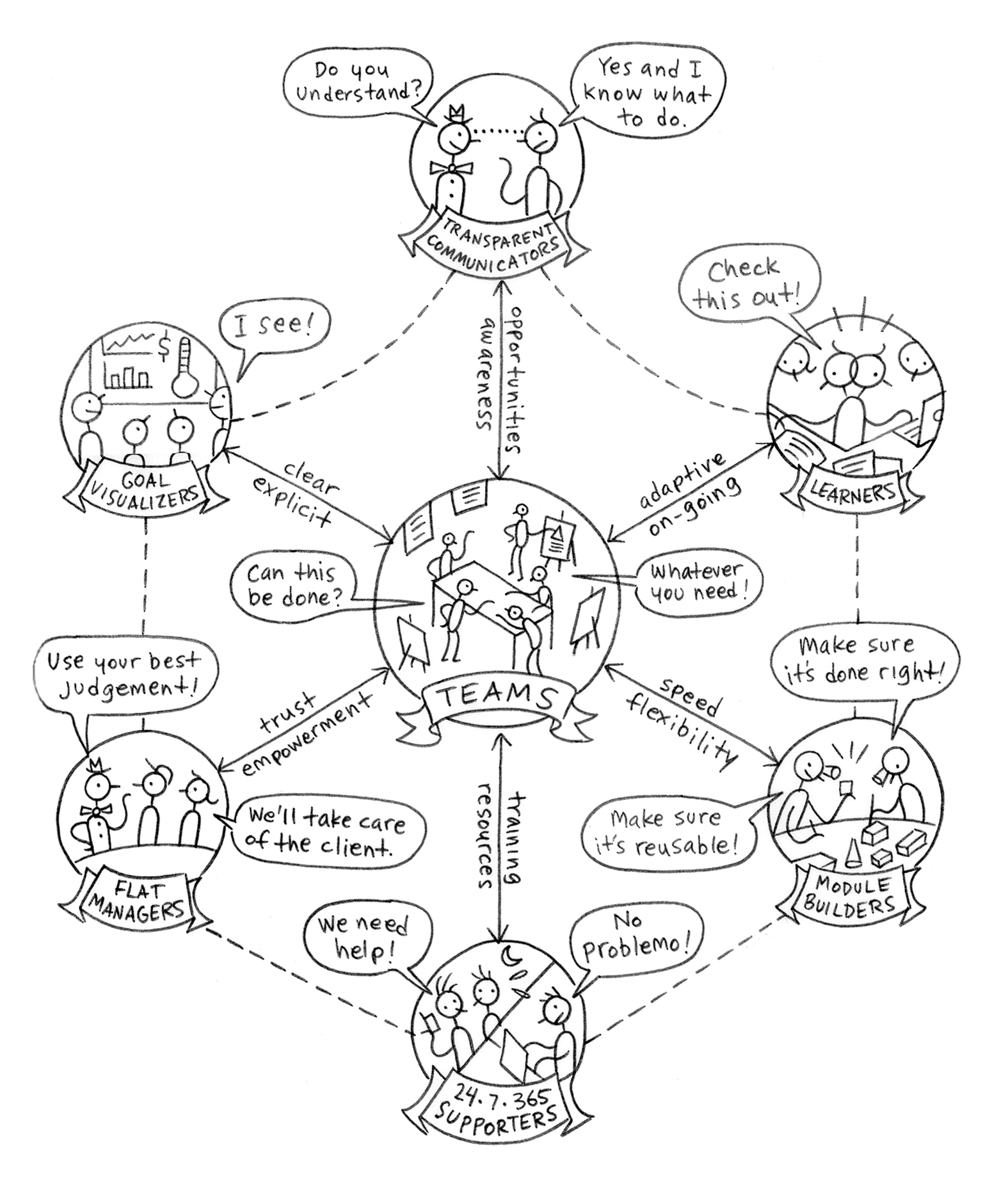via @LinkedIn & @gapingvoid
There is an issue with the word ’Mindfulness’. It sounds like ’Mind-full-ness’. It should be called ’Mind-emptiness’.
As I viewed my Apple News app for my daily fix of world headlines, I’m totally blown away by almost every other article talking about the US Presidency. Whether it's tapes, emails, quotes, the constitution it's all over my News app. There's almost no space for anything else. I really should stop looking.
But that's the problem, it's hard not to. We're so wired-in to streams of content from all directions, that trying to ignore it is almost futile.
It really is like living inside a Star Trek episode featuring The Borg.
This is their quote:
“We are the Borg. Lower your shields and surrender your ships. We will add your biological and technological distinctiveness to our own. Your culture will adapt to service us. Resistance is futile.”
Seriously that's how I feel sometimes. And when someone says to you, ’did you see...’ and I act all clueless, they look at you as if you've committed a crime. So does that mean we all get sucked in to mindlessly having to read, watch and absorb content that we'd prefer not to?
Being distracted by so much content is becoming a task in itself. How to decide what to read, what to watch and how to relax is now as stressful as work. I'm convinced that there will be a new career in helping people to switch off from ’content overload’. Helping them to identify the real things that are truly important in their lives and will move them forward in achieving their goals and dreams. One thing’s for sure, spending mindless time on Social Media and watching TV is not going to deliver that for us.
So what advise should I give you? I haven't a clue yet is my honest answer, as I've also been assimilated. However my goal is to chunk my time in 20-minute slots. I now even teach people what to do on LinkedIn each day in just 20-minutes per day. Feel free to have a browse through the slides below.
When you chunk your time in say 20-minute slots you will not feel as overwhelmed by it all. If you do need your daily fix of news and social media, just spend 20-minutes per day on it, that's it no more and no less.
Test it our for a day.
- Catch up with the news for 20 minutes in the morning.
- Sit down for breakfast for 20 minutes.
- Catch up with email in the office for 20 minutes.
- Perform some of your outstanding tasks for 20 minutes at a time.
- Attend or chair a meeting, make it last just 20 minutes.
- Spend some quiet time during the day, take 20 minutes.
- Maybe go for a walk for just 20 minutes.
- Spend some time with your kids, even if it's 20 minutes.
- Catch up with the news in the evening for just 20 minutes.
- Workout for a power exercise session again just 20 minutes.
And I could go on. Chunk it down into 20-minute slots and you will be surprised how much you can achieve. Be patient with yourself, experiment and try it out, even if you don't apply it to everything. You could never watch a film in 20 minutes and that's okay. Just try it out on a few things, especially Social Media. I'll be doing the same!
Let's share how you're getting on and enjoy the process.
LinkedIn created a brilliant eBook with my favourite illustrator. @gapingvoid (Hugh Macleod) creates the most amazing messages through his illustrations. Read more about him and @gapingvoid here: http://www.gapingvoid.com/blog/team-members/hugh-macleod/
Regularly I will share one of the articles and illustrations from the eBook and give you my opinion, interpretation, insight and meaning of the words and illustrations.



